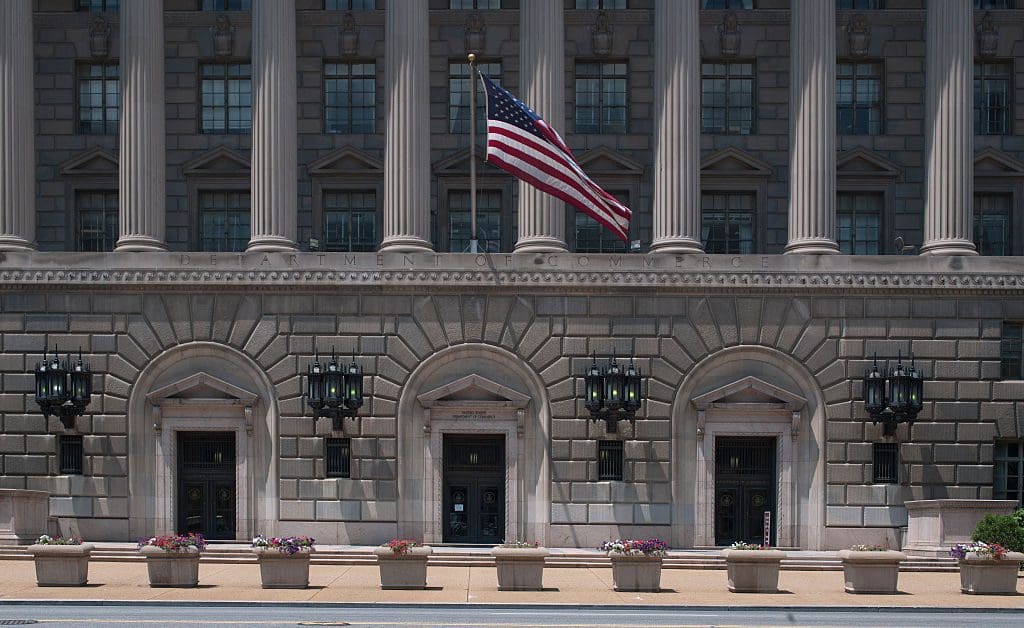Amnesty International welcomes the U.S. Commerce Department’s new rules, published on April 30, tightening provisions for firearms exports and strengthening the regulatory framework.
Firearms occupy a unique place on the Commerce Control List. As the only lethal weapons on the entire list, they are incredibly dangerous, exported in large volume, have a long shelf life, and include various end users, many of whom contribute to violence and human rights abuses. Amnesty International has long sought to curtail irresponsible exports of these deadly weapons.
“This is a significant step in the right direction,” said Amanda Klasing, Amnesty International USA’s National Director of Government Relations and Advocacy. “It is important that from now on, the rules will require U.S. exports of sniper-rifles and semi-automatic rifles like the AR-15 to receive heightened scrutiny for their human rights risks, alongside tear gas, shotguns, water cannons, and police equipment.”
Among other provisions, the new regulations will subject all firearms exports to the Commerce Department’s procedures for crime control items, as Amnesty International and other civil society organizations had urged after licensing authority was transferred from the State Department to the Commerce Department in 2020. According to policies set forth in the U.S. Export Administration Regulations and specifically linked to firearms exports in the new rules, applications for licenses to export crime control items will receive additional scrutiny in the license review process when the importing country has a record of human rights abuse or civil disorder.
“Although we are encouraged by the Commerce Department’s efforts to have a stronger human rights focus as it shores up its oversight of firearms exports, the true test will be in implementation of and compliance with the new rules” said Klasing. “It is now up to the Commerce Department’s Bureau of Industry and Security to ensure the regulations are robustly implemented and applied rigorously wherever there is a risk of diversion or human rights abuse.”

